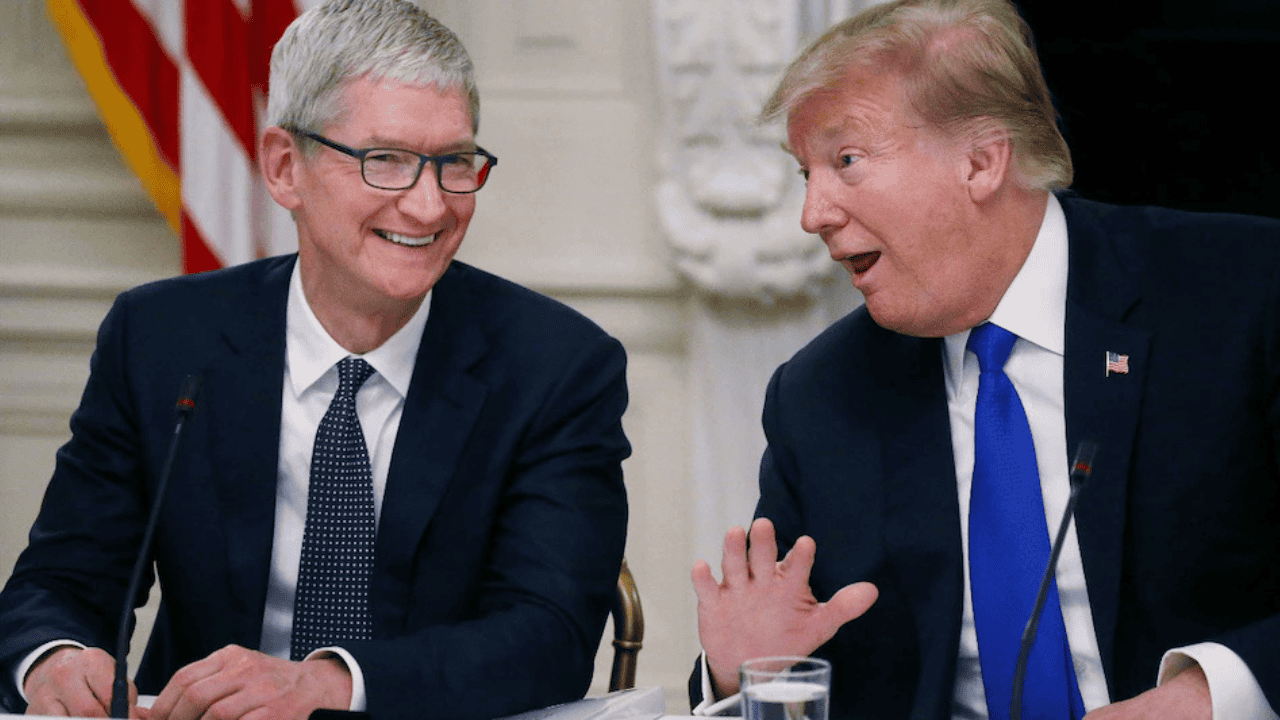The Trump administration’s decision to exempt certain electronics, such as smartphones, laptops, and semiconductor manufacturing equipment, from its reciprocal tariffs marked a significant reprieve for global technology manufacturers like Apple and Nvidia. These exclusions were part of a broader effort to narrow the scope of tariffs, which included a 125% China tariff and a 10% baseline global tariff. The exemptions were backdated to April 5 and covered products critical to consumer electronics and AI infrastructure, such as CPUs, GPUs, and semiconductor manufacturing tools.
This move alleviated concerns for consumers and technology companies alike, as many feared the tariffs would lead to price hikes on popular devices. For companies like Apple, which heavily relies on Chinese manufacturing, the exclusions provided temporary relief. However, AirPods and some other products remained subject to tariffs. In contrast, competitors like Samsung, less reliant on China, faced fewer challenges.
The exemptions also extended to semiconductor manufacturing equipment made by companies such as ASML Holding NV and Tokyo Electron Ltd., essential for building chip factories. This was particularly relevant as firms like TSMC, Samsung, and Intel expanded U.S.-based facilities under the 2022 CHIPS Act.
Despite this relief, analysts noted that the tariff reprieve might be short-lived. The administration signaled plans to impose new sectoral tariffs targeting semiconductors and related products. These duties could affect both chips and products containing them. The potential investigation into semiconductor imports underscores the administration’s broader trade strategy aimed at reshoring critical industries while negotiating with trade partners.
While the exemptions eased tensions temporarily, they also complicated ongoing negotiations with other countries. Companies and governments are expected to push harder for their own exclusions in light of this precedent. Uncertainty remains over how extensively new tariffs will be applied and at what rates, leaving the tech industry bracing for further volatility.
More here.

I used to think there was just one bad guy in this photo.